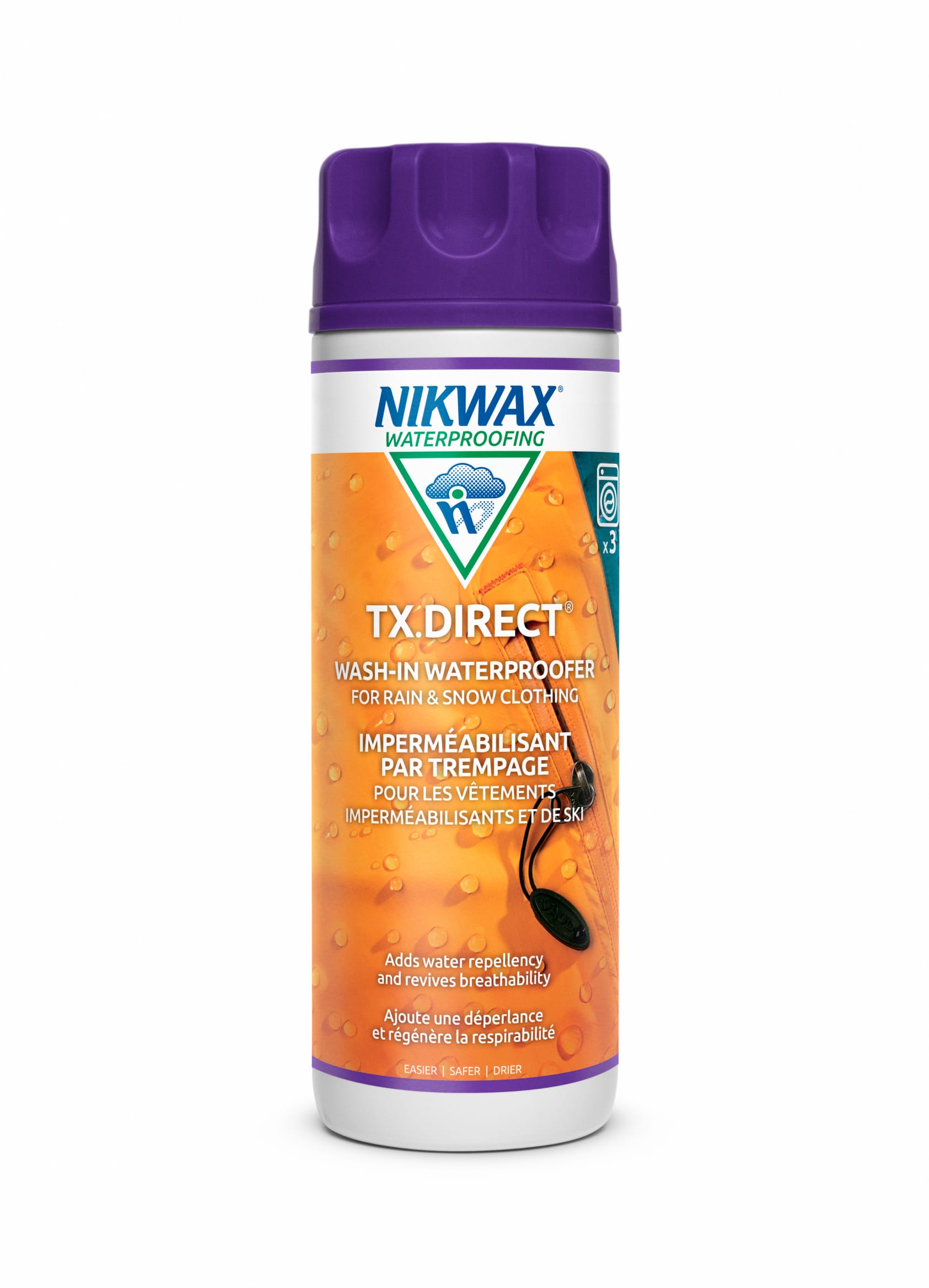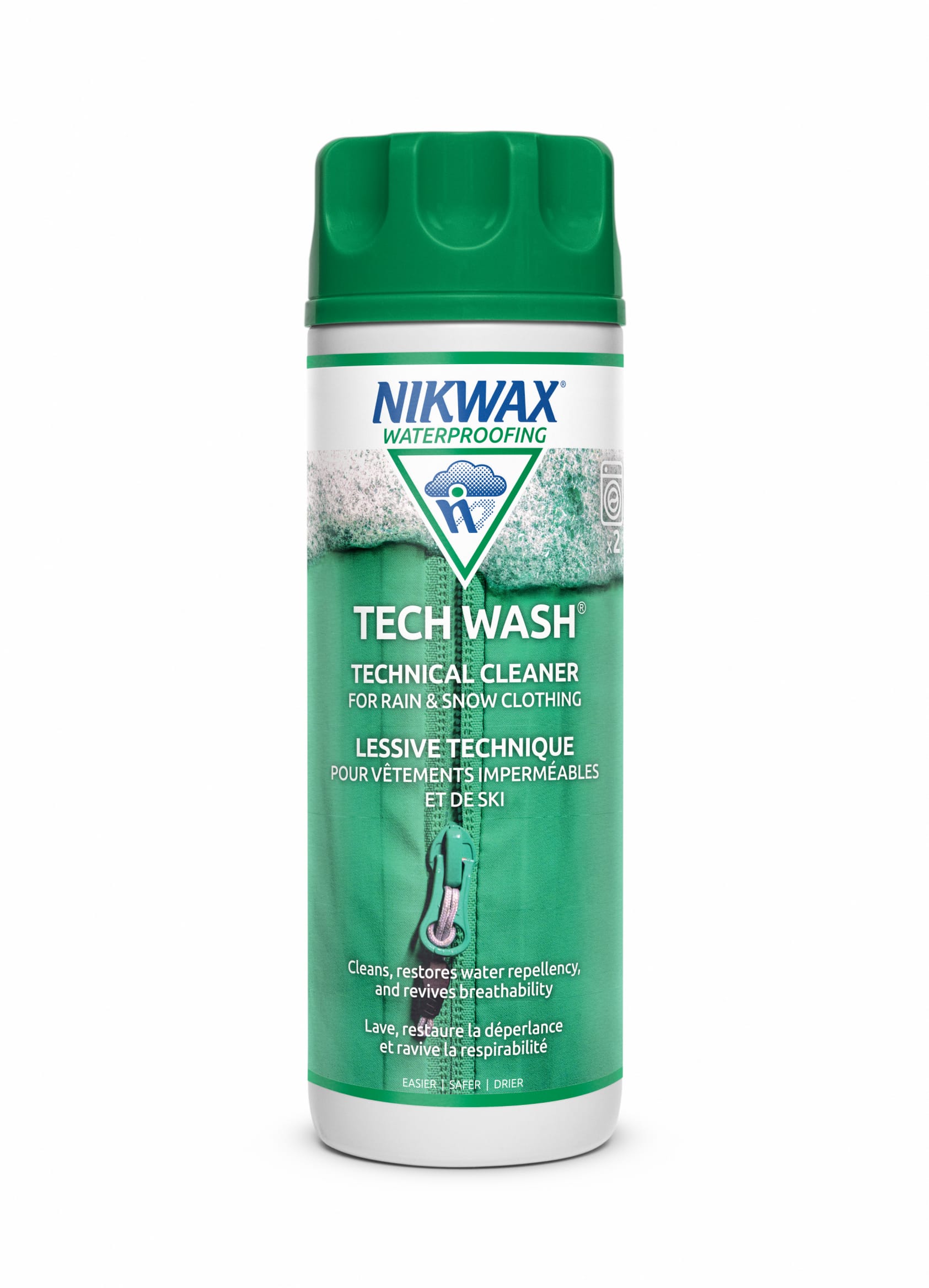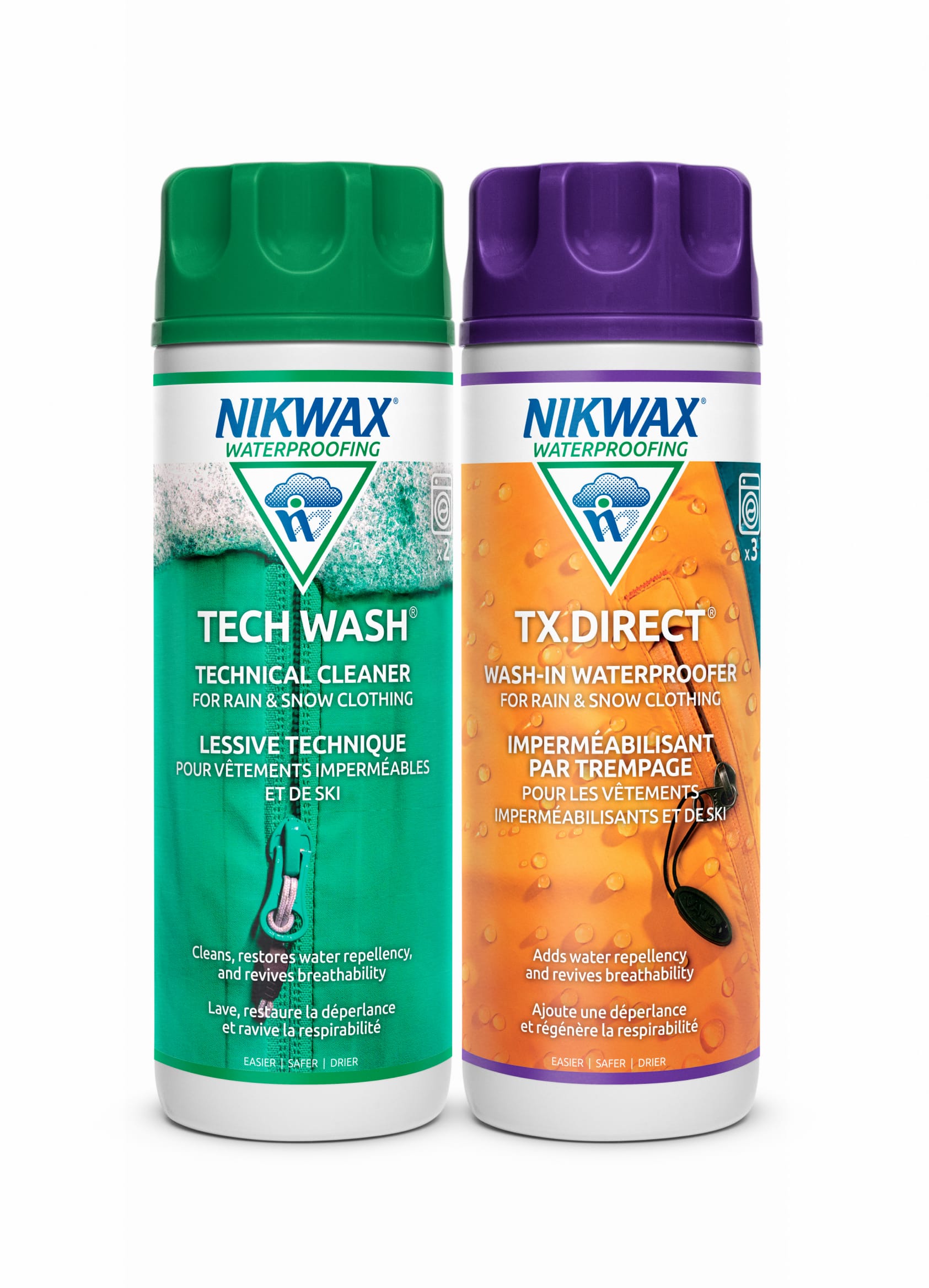Shipping, taxes, and discounts calculated at checkout.
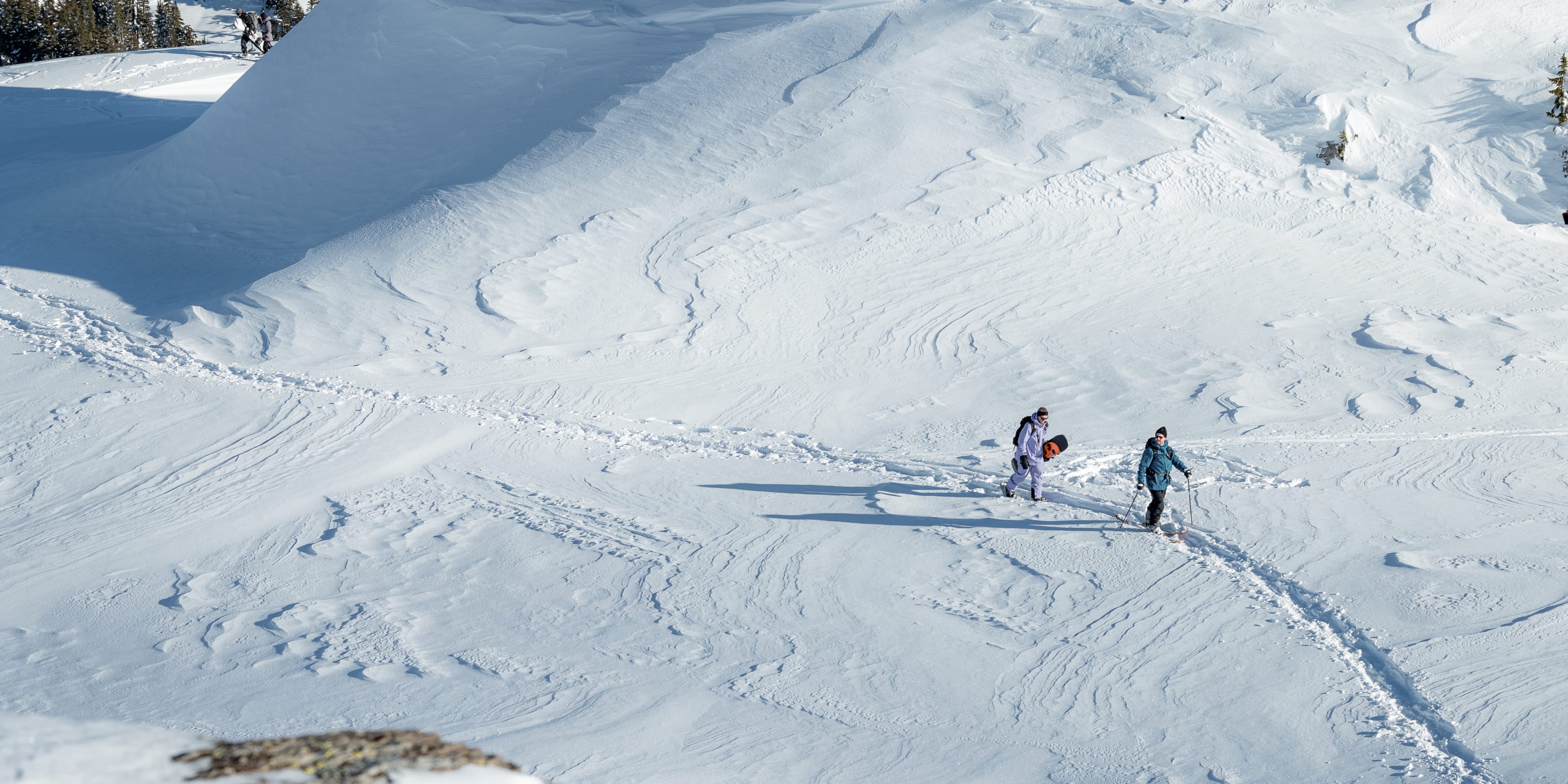
Waterproof outerwear is a crucial component of staying dry and protected during your outdoor pursuits. The term "waterproof", however, often carries lofty expectations that can be confusing. Here, we aim to simplify the concept of waterproofing in technical outerwear. By understanding the key components and their performance expectations, you can make informed decisions when choosing your gear and set proper expectations for its performance.
Key Components
When it comes to waterproof outerwear, several key components contribute to its effectiveness. These components include Layers, Seams, and Durable Water Repellent (DWR) finish.
01 Layers
Waterproof garments are constructed with either 2, 2.5, or 3 layers. This system plays a vital role in providing waterproofness and overall comfort. As layers increase so do cost and performance.
- 2-layer (2L) construction consists of a waterproof membrane bonded to an outer layer of high-performance fabric.
- 2.5-layer (2.5L) construction is similar to 2-layer but includes a laminate-type material on the inside. This laminate layer adds protection to the waterproof membrane against friction, sweat, and oils.
- 3-layer (3L) construction features a waterproof membrane bonded to high-performance fabric on both the outer and inner layers. This provides maximum protection and durability. Although 3L garments may feel more rigid, they offer the longest lifespan for waterproofing.
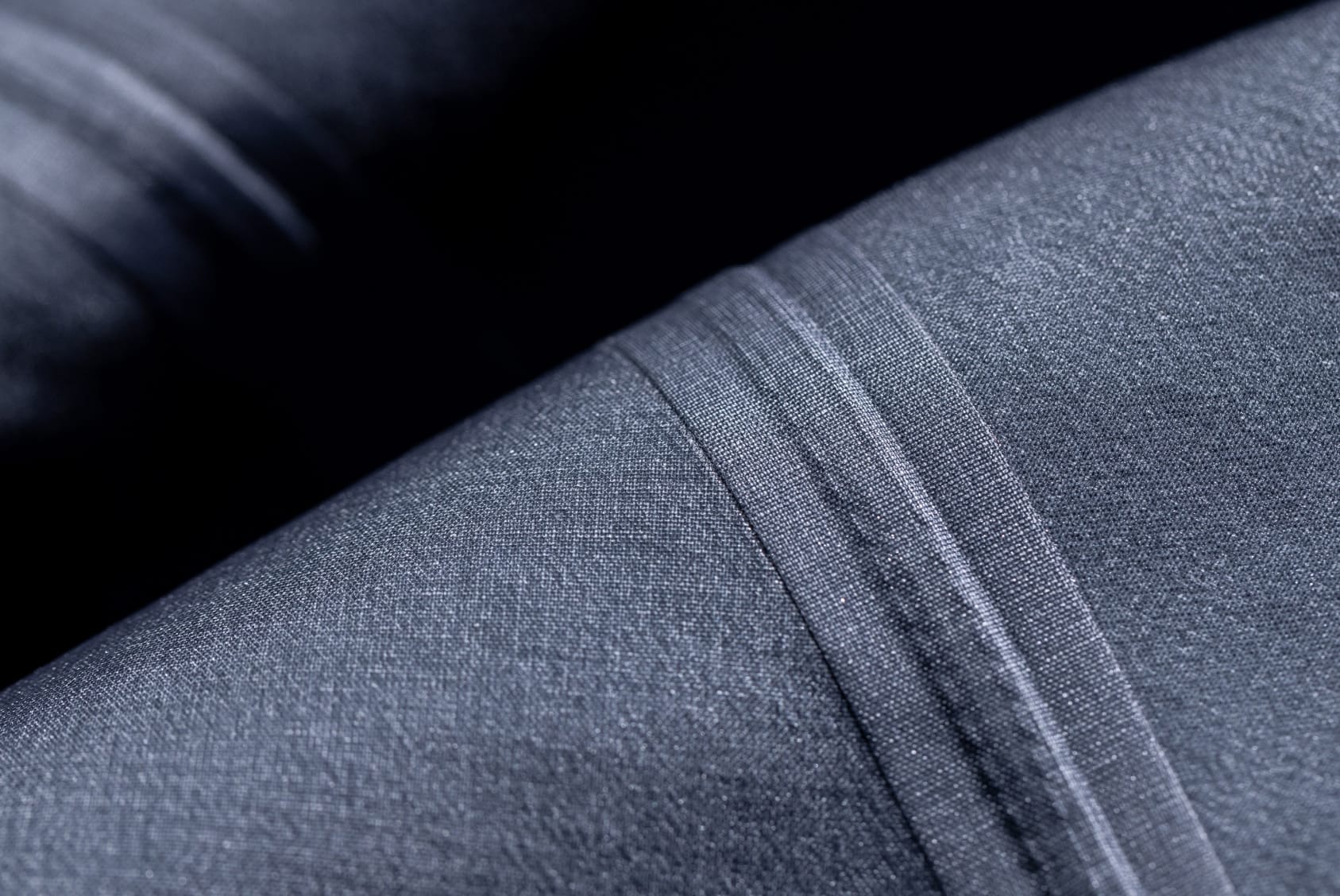
02 Seams
Seams are the stitches or welding that join the individual components of a garment. The type of seam used significantly impacts the garment's waterproofness.
- Taped seams involve covering the interior stitching with an additional layer to prevent water penetration. This is commonly seen in waterproof gear.
- Critically taped seams focus on waterproof tape covering the most important seams, such as those around the neck and shoulders.
- Fully taped seams offer the highest level of protection as they cover every possible water entry point.
- Welded seams skip the stitching altogether and bond the fabric to itself, providing ultimate water protection.
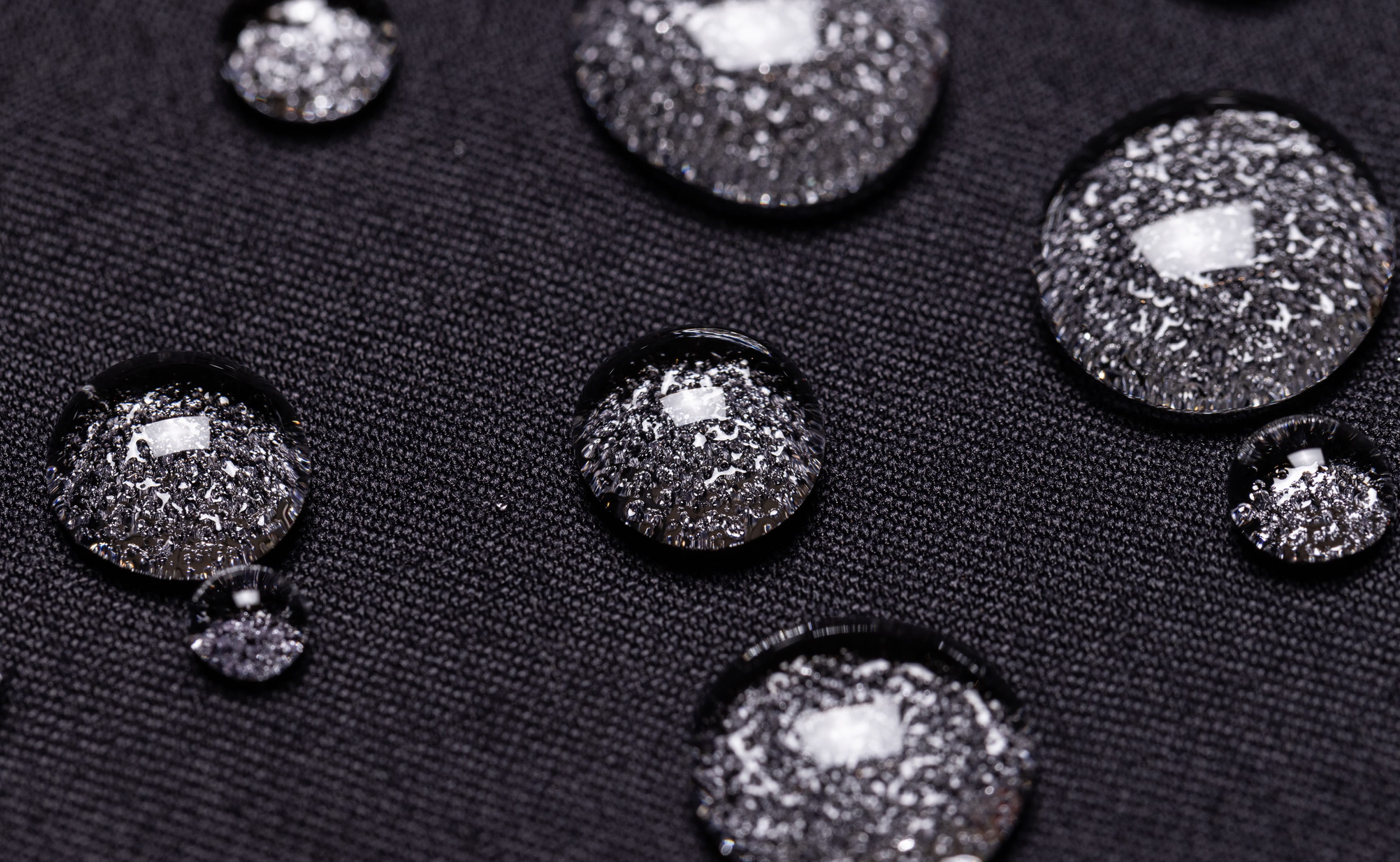
03 Durable Water Repellent (DWR) Finish
DWR is a finish applied to the exterior surface of waterproof outerwear. It allows water to bead up and roll off the fabric, enhancing its resistance to saturation. DWR is the first line of defense against rain and snow. However, it is not a permanent treatment and requires regular maintenance and reapplication to remain effective.
Measuring Waterproofness
To determine the waterproofness of a garment, waterproof ratings are used. These ratings indicate how high a column of water can be filled on a 1" by 1" square of fabric before it starts to leak. The higher the number, the more waterproof the fabric is. For example, a 10K waterproof rating means the fabric can withstand a column of water up to 10,000 mm before it leaks. GORE-TEX, a renowned brand and close partner of 686, is an example of best-in-class waterproofing with a rating of 28K.
| HYDROSTATIC HEAD (MM) | WATER RESISTANCE | USE CONDITIONS |
| <10000mm | None to some | Dry snow, rain sprinkle, no pressure |
| 10000mm | Rain + waterproof under moderate pressure | Moderate rain + snow, light pressure |
| 20000mm | Rain + waterproof under high pressure | Wet snow, heavy rain, high pressure |
| GORE-TEX | Rain + waterproof under extreme pressure | Whatever you can throw at it |
Importance of Breathability
While waterproofing is crucial, breathability is also essential in outerwear. Breathability allows moisture and sweat to escape from the garment, keeping you comfortable and dry on the inside. Without proper breathability, moisture accumulates and can cause discomfort. Breathability ratings measure the amount of water vapor that can pass through a square meter of fabric in a 24-hour period. Higher numbers indicate better breathability and complement the overall waterproofing performance of the garment.
| BREATHABLE RATING (G/SQM) | BREATHABLE | USE CONDITIONS |
| 5k - 8k | Good | Resort riding keeping it casual |
| 10k - 15k | Better | Moderate activity/effort |
| 20k+ | Best | Full gas output |
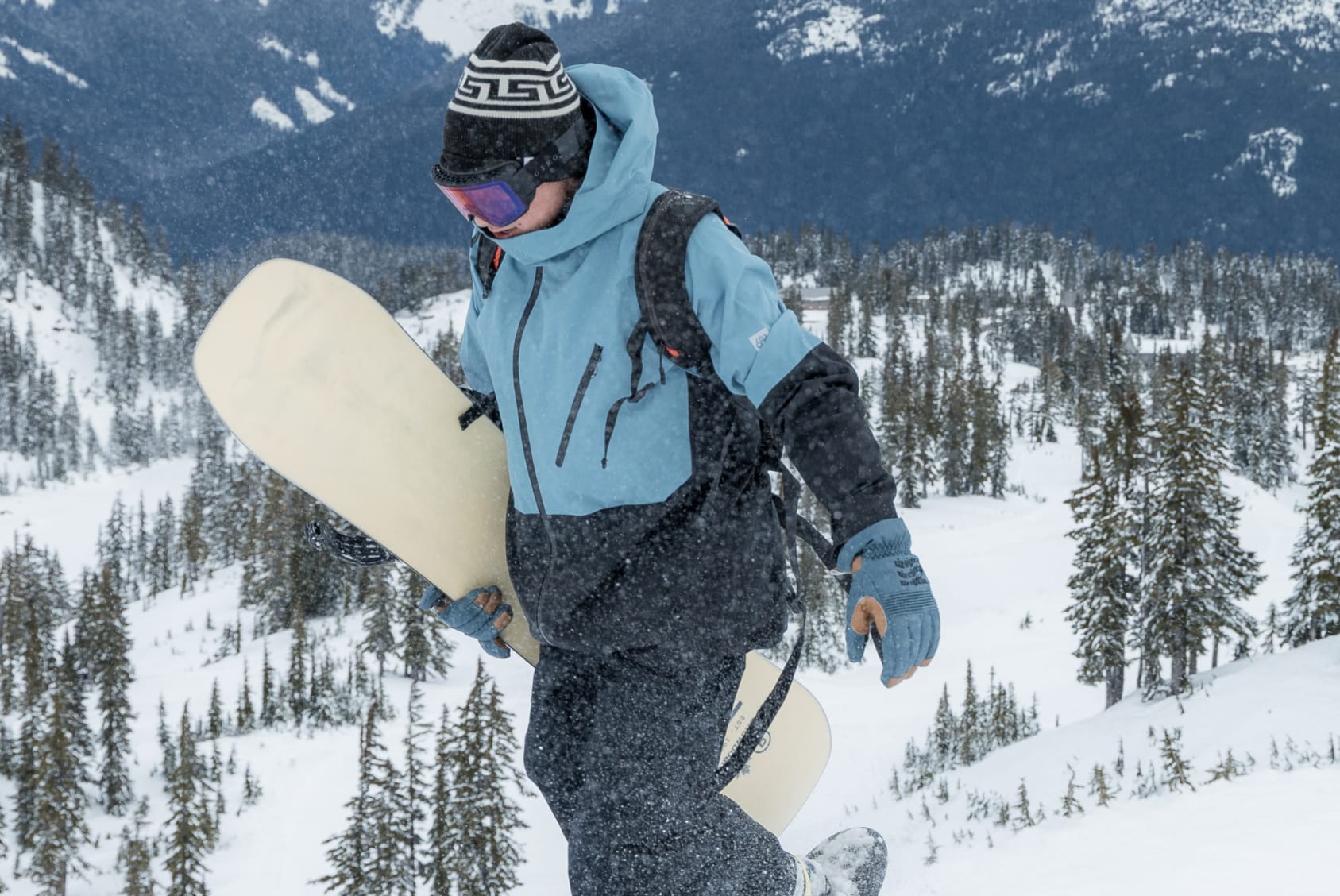
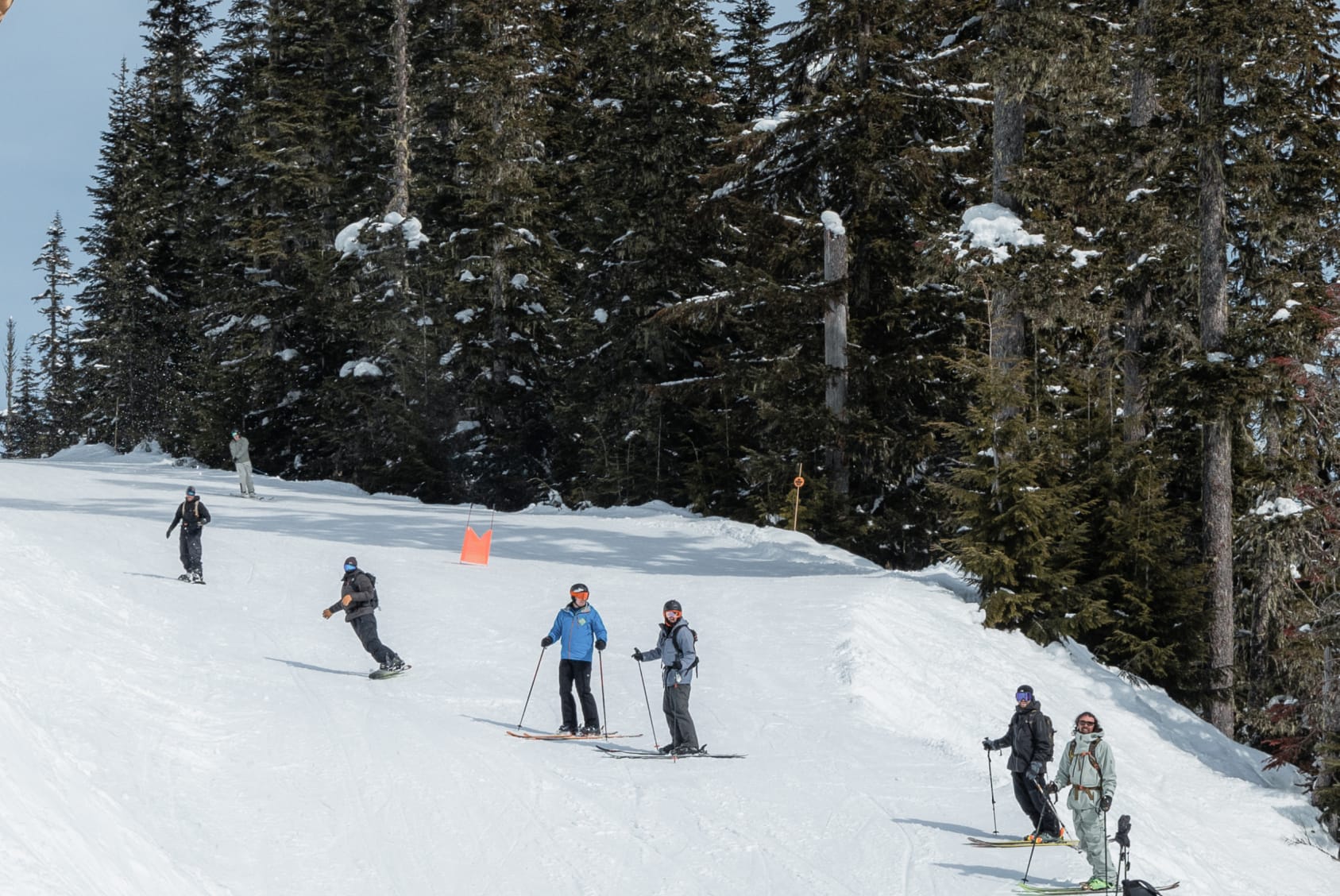
Making Educated Decisions
When choosing outerwear, consider the conditions you'll be facing and your level of activity. Different activities and environments require different levels of waterproofness and breathability. Resort-only riders may have different needs than backcountry touring experts. Selecting gear with waterproof and breathability ratings that meet or exceed your expected conditions and activity levels will ensure optimal comfort and protection.
Performance Expectations
It's essential to have realistic expectations regarding the performance of waterproof gear. A 10K waterproof jacket will not provide the same level of protection as a 20K jacket in wet, snowy conditions. Even the highest quality waterproof gear, such as GORE-TEX, has limitations. Waterproof gear is designed to keep you dry underneath, even when the surface starts to take on water. So, when the outer surface gets wet, the inner mechanisms continue to work to keep water out. It's important to understand that waterproof gear aims to keep you dry, not necessarily to appear dry on the outside.
The Wrap-up
Understanding the key components and performance expectations of waterproof outerwear is crucial for making educated decisions and setting proper expectations. By considering the layers, seams, DWR treatment, waterproof and breathability ratings, you can choose gear that meets your specific needs and the conditions you'll be facing. Remember that no waterproof gear is impervious to extreme conditions, but having realistic expectations will help you stay comfortable and prepared.
Next Step
Check out the “When Outerwear Wets Out” journal to learn more about maintaining your outerwear's optimal performance over the course of its life.
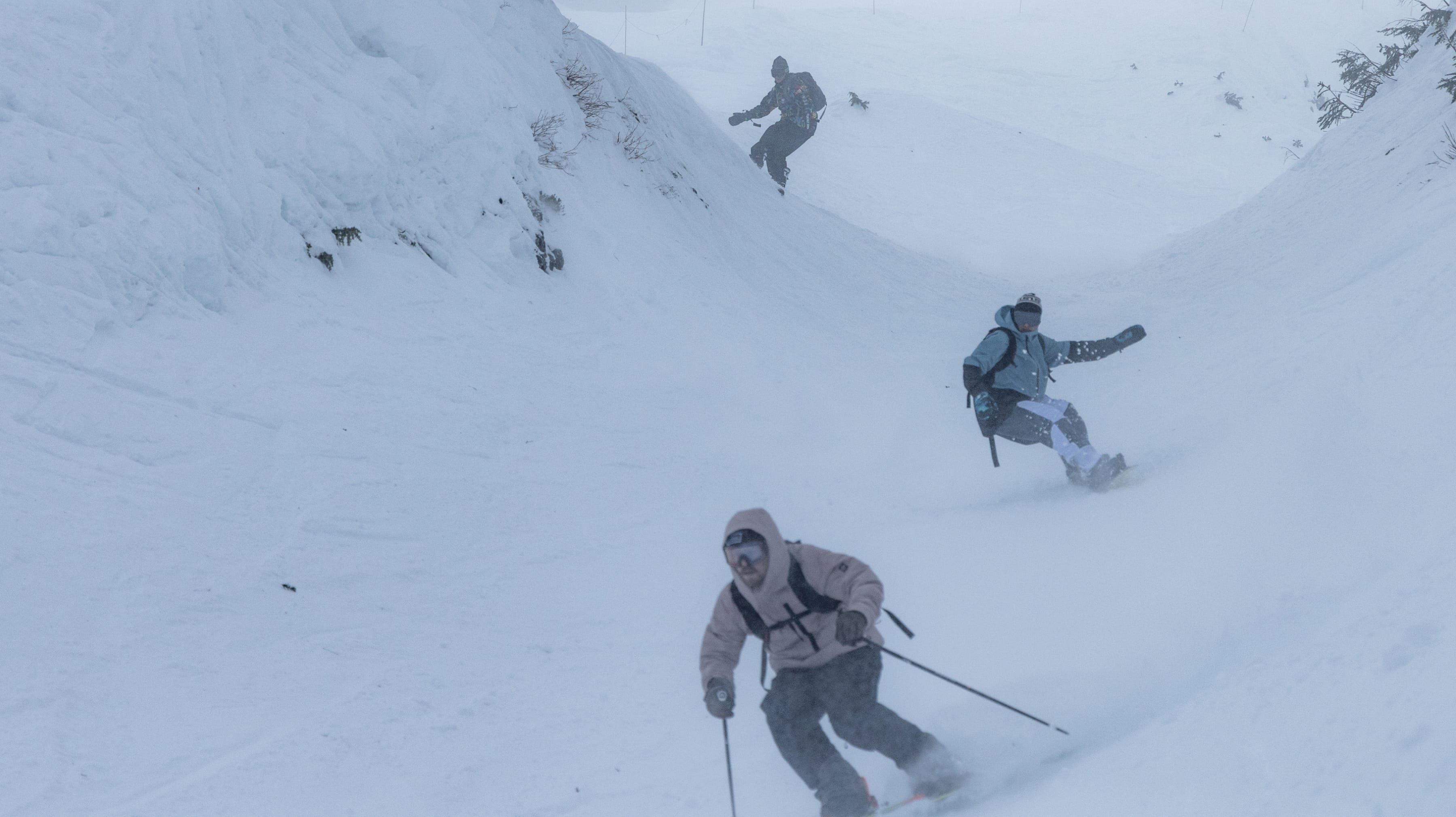
MEN'S OUTERWEAR

